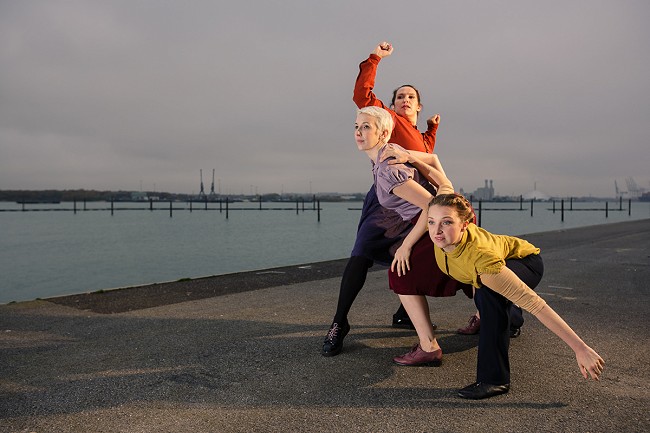
What happened
The Imagination Museum: Mayflower 400 project was a large scale touring project devised and delivered by Made by Katie Green with funding through Arts Council England's Strategic Touring scheme. The project aimed to bring to life museum collections and heritage sites through fun and engaging dance performances and workshops with the aim of attracting new audiences and repeat engagements.
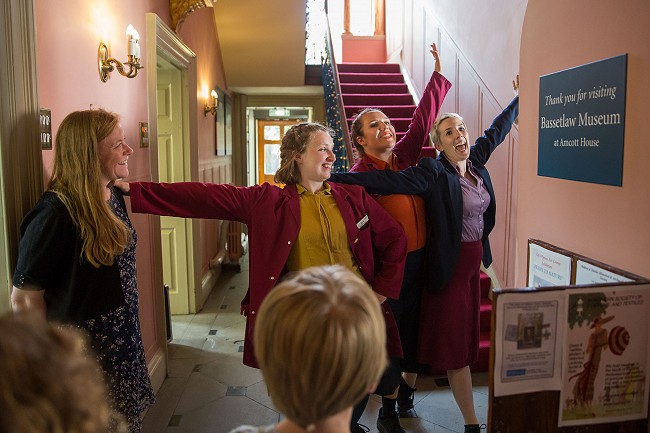
In partnership with a consortium of heritage and cultural organisations and venues the project drew on the historic story of the Mayflower’s voyage from England to America and began in Lincolnshire and North Nottinghamshire (‘Pilgrim Roots’ areas) in 2019, travelled via Hampshire and culminated in Plymouth in 2021. The Mayflower set sail from Plymouth in September 1620, and the 400th anniversary was commemorated with cultural, arts and heritage events across the UK and internationally in 2020 and 2021 through the Mayflower 400 programme.
Our main aims for the Imagination Museum: Mayflower 400 project were:
- To engage wider/new audiences to our partner venues and encourage them to become repeat/loyal visitors
- To develop partner confidence in this way of working with dance and heritage through strong partnerships with venues and audiences
- To extend Made By Katie Green’s network of partner heritage sites across the UK and prepare for a more formal dance-museum network in the future
Changes to plans
The project was scheduled to be delivered similarly across all 3 of our ‘hubs’:
- Lincolnshire and Nottinghamshire (the ‘Pilgrim Roots’ hub)
- Hampshire and
- Plymouth
with performances and workshops taking place over time in different settings (e.g. museums, heritage sites, churches, schools, community centres) with different groups depending on the interests of each community, leading up to ‘Celebration Performances’ with the professional team working alongside a community cast.
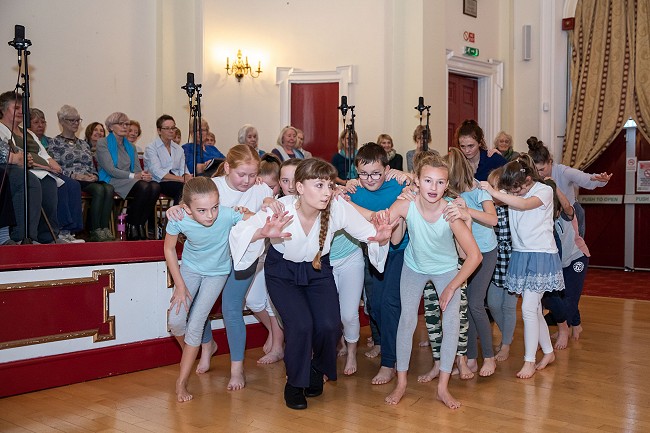
However, after the first year in the Pilgrim Roots hub (the only place where the project was delivered as originally intended) live performance and community engagement were reduced and the project adapted to Covid-secure delivery.
This included some live activity being replaced by specially commissioned films, smaller group-working with schools and community groups/families and development of Mayflower ‘Creative Care Packages’ which were distributed to participants and schools by post to provide a way of staying in touch during the period of paused activity, supporting them to engage with wider themes of the project in a playful way from home rather than coming to venues.
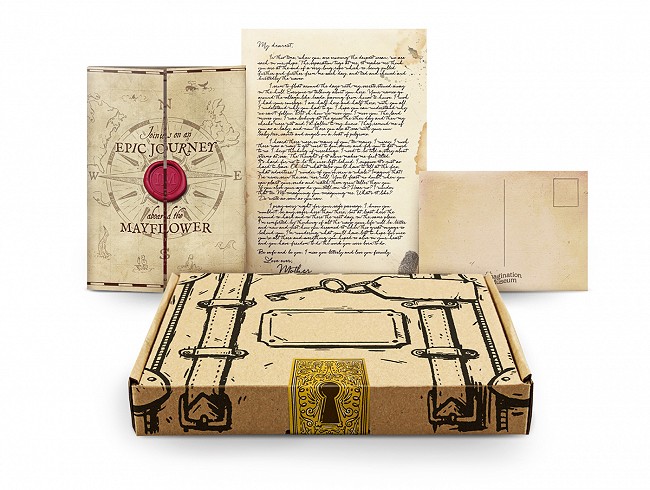
Main outcomes
Audience
Our project target was to reach 5775 audience members/participants, but in the end we reached a live audience of 7053 with digital engagement of 231,669.
The dance work produced was described by partners/audiences as:
- high-quality
- helping them to consider the heritage story in new ways
- creating access to historical material from which some people had previously felt excluded.
“I always found history a topic that was inaccessible. This project breaks that down, takes down the barriers and makes it accessible. It drew me to the project because of that.” (participant feedback)
- producing an unexpectedly emotional response.
“Just so beautiful, I’m utterly moved to see people moving together and how you have forged a sense of community despite all the difficulties” (audience feedback)
People found they could relate to the story of the Mayflower passengers in their own lives and struggles, especially where it linked with/where it revealed something about their sense of identity intertwined with their understanding of their place in the world. This was heightened in some instances by being able to see live performance after the national lockdowns and a time of deep disconnection to our communities.

Participants
The hyper-local focus to each hub and co-creation with communities/participants created community ownership of the work.
Participants described
- enjoyment in being part of something bigger than themselves
- pride in what they had achieved
“We loved taking part, and, after a lot of hard work, eventually felt very proud about the way we managed to do much more than we ever imagined.” (participant feedback)
- deepened understanding of the subject matter
- new skills
- increased resilience and confidence
“It has been great to see some of the children flourishing where they don’t necessarily do so in their other subjects” (teacher feedback)
Tracking ‘participant journeys’ demonstrated a tendency for individuals to have 7+ engagements with the project with some supporting the project in a deeper, more sustained way. Others may only have had one engagement with the project, but the data we collected shows that even this increased their likelihood of future engagement with dance or with a cultural event/site. For example, 98% of the audience members we asked said that they ‘might’ or definitely would attend a cultural event again.
“The piece itself was way more than I had imagined and was genuinely touching and more relevant to our current lives than I would have thought.” (audience feedback)

Partner confidence
Partners valued learning from Katie Green in her role as Project Lead and consistent voice of experience.
“Working with someone of Katie’s national reputation in heritage and dance allows conversations to take place on a number of strategic levels.” (partner feedback)
In reflecting on the project, hub partners cited:
- positive impact on heritage sites
- learning for the teams involved
- opportunities to strengthen existing community relationships and build new links
- their ambition to take part in similar projects to “bring in new perspectives, ideas, approaches to interpretation” that surpassed the in-house expertise of the museum or other host venue with which we were working.
Throughout the project, Made By Katie Green also created the Imagination Museum Consortium, enabling debate through four consortium meetings (attended by 101 people, in person and online) and sharing insights and learning from the Imagination Museum: Mayflower 400 project. The Imagination Museum Consortium has 129 members to date from across the UK, including museum and heritage professionals, dance artists, students, researchers, arts development officers, arts council officers and producers, showing a considerable breadth of expertise and interest.
“it was inspiring and invigorating to hear different speakers offering their unique insights, approaches and perspective on heritage and/or dance. It's heartening to be in a room full of people who are passionate about this work too. I enjoyed learning of their differing practices and priorities, and was fascinated by the scope of these worlds.” (consortium member feedback)
There is scope and evidence of need for the consortium to be developed and expanded in the future.
“We don’t have the in-house experience we need to work with dance. To have an agency we could go to, or a network where we could find out readily what was available & what the current thinking is…that would be ideal.” (museum partner feedback)
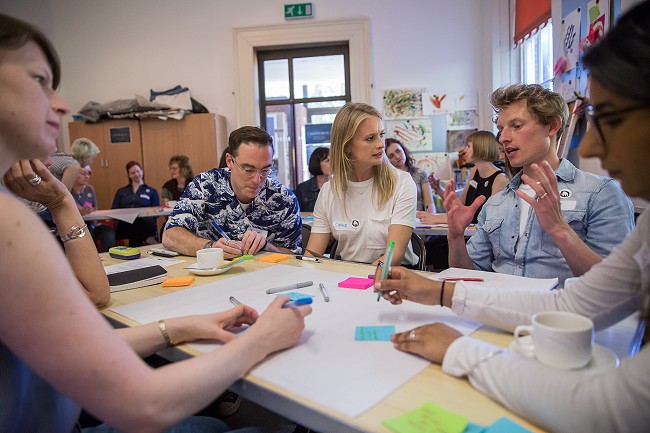
Key learning
We’ll be sharing an impact report and short film later in the year, but some of the key things we learnt included:
- The necessity of partners allocating sufficient time/resources to enable a project like this, with considerable lead-in time of 2+ years required to plan and fundraise. Successful delivery depended on buy-in from museums/heritage partners but most crucially a key advocate or group of advocates working within the museum infrastructure with capacity and desire to support the project at the right moment in time. The longer a trusted ambassador/advocate was in post, the greater the impact of the project.
"I think internally the beauty of this project is that it has spanned both our teams [engagement and contemporary art]. It’s been a collective ownership of the project at delivery level which has been invaluable, and essential I think." (project partner feedback)
- A Local Producer and dance artists in each hub were also essential to support community engagement with Made By Katie Green, and a strong collaboration between all these local parties with a shared vision, approach and commitment to community development secured the local community’s engagement and gave scope for innovation.
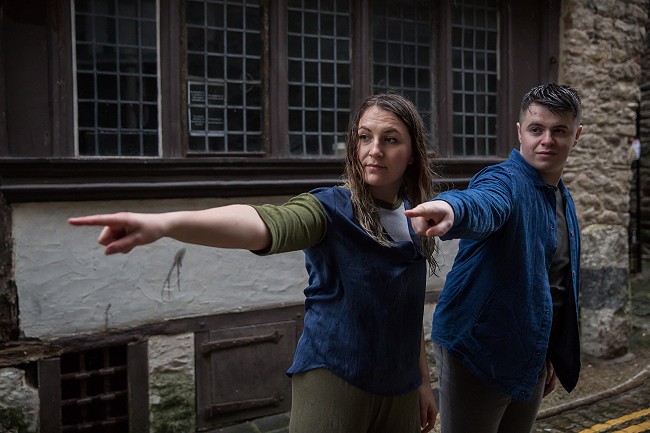
- prioritising creative engagement and bespoke considerations for audiences engaging with the work (not all of them dance-led) was more effective than an event-led approach (i.e. broadcasting an opportunity and hoping it will appeal to prospective audiences).
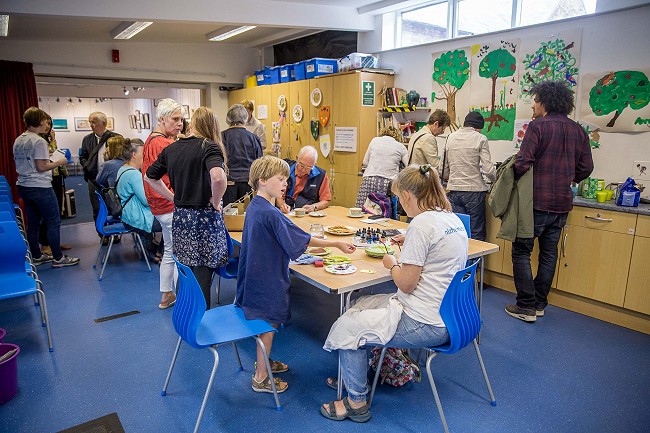
- Unexpected pandemic adaptation (e.g. more digital elements, development of the creative care packages and community films, working with smaller groups), unlocked rich impacts and a different type of engagement that wouldn’t otherwise have taken place and that will remain in the Made By Katie Green portfolio going forward.
- Equity, Diversity, Inclusion and Belonging was a key consideration in the creative planning of the project, especially in relation to challenging stereotypes in the depiction of the story of the Mayflower’s journey. This directed the creative content and helped create an inclusive enquiry around the work to which many people could relate.
- Engagement with groups was more successful when the professional artist interpretation (i.e. through a live performance or film screening) was the first point of contact with the project. This brought to life the ambition and quality of the project but also set the tone for the way the telling of the story can connect with people’s personal experiences.
- The project illuminated the essential nature of in-person relationship building in this kind of work and the capacity needed to support the development of trust, especially with individuals or community groups who may have been less likely to have joined in with something like this in the past. Covid had a huge impact on the project in terms of limiting the team’s capacity to build or sustain the relationships with some of the more marginalised audiences they had started to work with pre-pandemic, particularly where the vulnerability of the participants made it impossible to restart planned face to face activities.
- The Imagination Museum website (www.imaginationmuseum.co.uk) now functions as an extensive information resource that captures the learning of the strategic touring project and debate of the Imagination Museum Consortium to date, also hosting case studies of other dance/museum collaborations, serving as a nationally significant resource.
Imagination Museum Consortium members identified the need to continue making space for discussion and committing resources to developing dance/heritage collaboration. Made By Katie Green and the Consortium have identified some legacy goals for the Imagination Museum network including:
- funding to support network ambitions
- designing a toolkit of resources/linked training to support this work
- increasing the range of case studies shared
- developing the website to foreground these case studies and other network resources more prominently
- continuing a programme of sector workshops to share the learning more widely
- co-commissioning of new dance/heritage work in the future
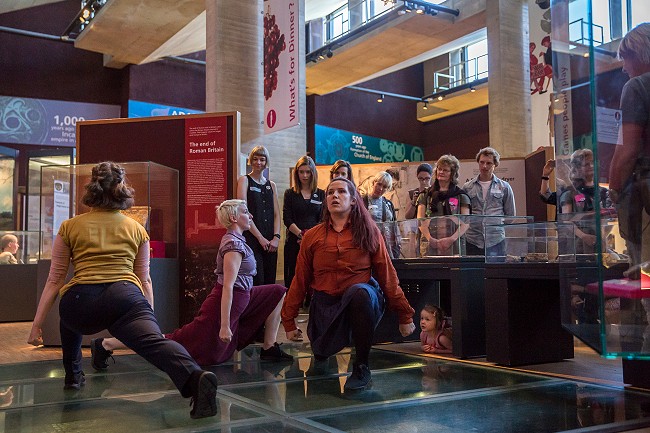
“I believe that contemporary dance is incredibly important in making change for people. There are local stories, stories within the museum, stories that people hold within the community that haven’t been explored and to have the opportunity to do that through dance in the garden, in the grounds of the museum is incredibly exciting. I think it will draw new people in the community to those stories, and to this site” (project partner feedback)
Acknowledgements
From Made By Katie Green, thanks to everyone involved in this project - the creative team, partners working across heritage, dance and the arts more broadly, to all the people who joined us as audience members and participants, colleagues joining The Imagination Museum consortium, everybody ordering our Creative Care Packages and to those who have funded this work and also supported us through their in kind contributions.
We are convinced that this is the time for the kind of work we do, which we know can rebuild people’s confidence in interacting with the world around them and has the potential to re-ignite their relationship with the kinds of local community spaces such as museums that can offer curiosity, creativity, important stories and can give people a sense of being part of something bigger than themselves.
We are so pleased to have seen this project through to completion in 2021 alongside many others who believe in this work as well. We are grateful to everyone who gave us their continued support, energy and attention even as the world around us was going through unfathomable changes.
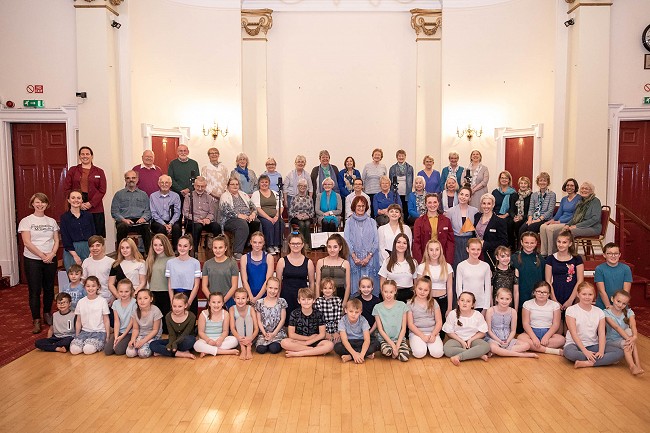
Thank you to Vicky and Kyla at Clearcut for seeing through to the heart of this work so clearly and pulling together our final evaluation, and to Elsa Urmston and Louisa Petts for helping us to gather together all the information needed to be able to share our experiences and learning.
For any further information, questions or to get involved in our next steps, please contact katie@madebykatiegreen.co.uk - we look forward to hearing from you.
The Imagination Museum: Mayflower 400 project was produced by Made By Katie Green, supported financially using public funding by the National Lottery through Arts Council England as part of the Strategic Touring programme, Hampshire Cultural Trust, The Box, West Lindsey, Plymouth, Nottinghamshire, Hampshire County and Bassetlaw District Councils, Pavilion Dance South West, the Surf the Wave programme, The Charter Trustees of East Retford and God's House Tower and also delivered in partnership with the Pilgrim Roots Regional Partnership, Transported, The Point and Plymouth Dance.